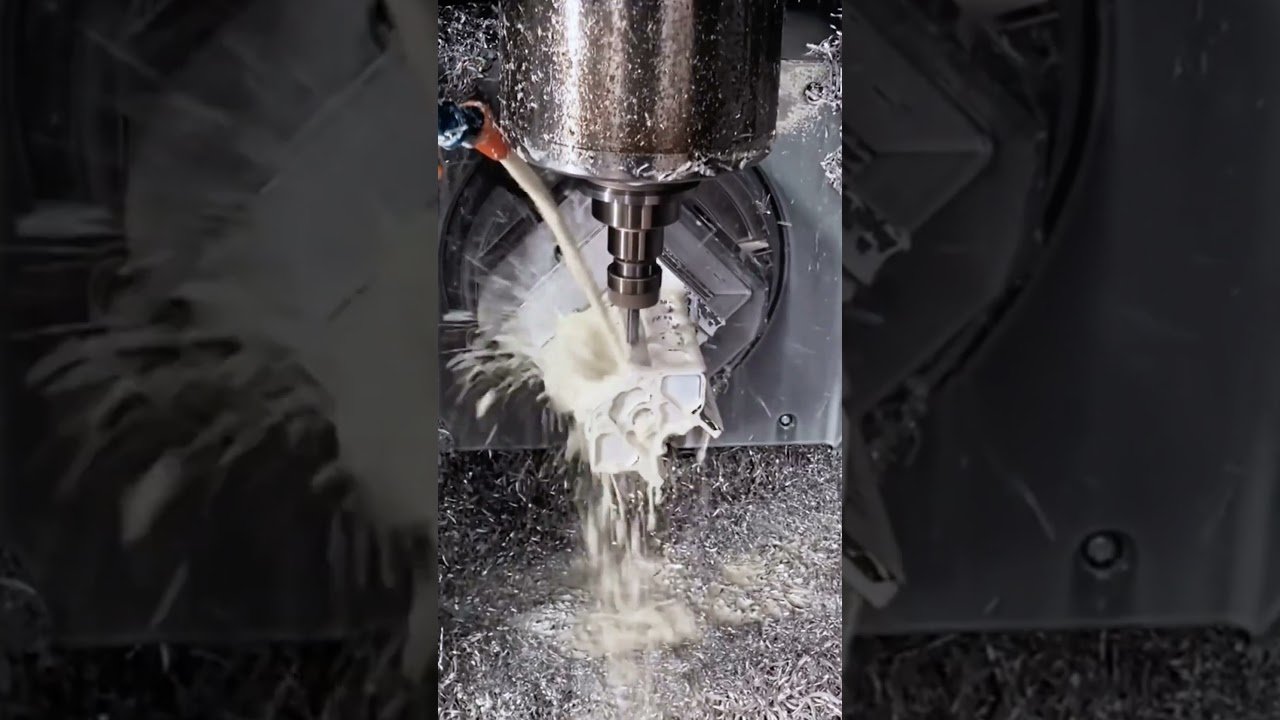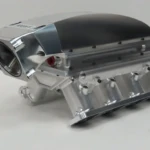The Evolution of 5-Axis CNC Machining in Automotive Parts
In the rapidly evolving automotive industry, precision and efficiency are paramount. With the ever-increasing demand for high-quality automotive parts that meet stringent safety and performance standards, traditional machining methods are no longer sufficient. Enter 5-axis CNC machining, a revolutionary technology transforming how automotive components are fabricated. This article will delve into the intricacies of 5-axis CNC machining, its benefits in the automotive industry, and the future of automotive parts production.
Understanding 5-Axis CNC Machining
Before we dive into its applications in the automotive sector, it’s essential to understand what 5-axis CNC machining is. Unlike traditional machining methods, which operate on three axes (X, Y, and Z), 5-axis machining adds two rotational axes to the equation. This allows the cutting tool to approach the workpiece from virtually any angle, enabling greater precision and versatility.
The five axes typically include:
- X Axis: Horizontally left to right.
- Y Axis: Horizontally front to back.
- Z Axis: Vertically up and down.
- A Axis: Rotating around the X axis.
- B Axis: Rotating around the Y axis.
This advanced machining capability means that complex geometries and intricate details can be achieved with reduced setups, minimizing the time and resources usually spent in traditional machining.
Advantages of 5-Axis CNC Machining in Automotive Parts
1. Precision Engineering
Precision is the hallmark of automotive manufacturing, where even the smallest deviation can lead to significant consequences in performance. 5-axis CNC machining offers unparalleled precision, allowing manufacturers to produce parts that meet tight tolerances. By ensuring that every component is manufactured accurately, car manufacturers can enhance the overall reliability of their vehicles.
2. Reduced Setup Time
One of the critical drawbacks of traditional machining methods is the time spent repositioning components for multiple operations. In contrast, 5-axis machining minimizes setup time by enabling multiple cuts and angles to be performed in a single operation. This streamlining results in a higher throughput and reduced production time, allowing manufacturers to keep pace with the ever-growing demands of the automotive market.
3. Enhanced Tool Life
In conventional machining, frequent tool changes can lead to wear and tear, ultimately affecting the quality of the finished product. With 5-axis CNC machining, the ability to access various points on the workpiece from different angles means that tools are used more efficiently, often extending their lifespan. This reduction in wear not only lowers costs but also ensures consistent quality throughout the production run.
4. Complex Geometries Made Simple
The automotive industry often requires components with complicated geometries that would be challenging, if not impossible, to manufacture using traditional methods. 5-axis CNC milling enables manufacturers to create intricate shapes and features with ease. From complex brackets to uniquely designed engine components, 5-axis machining makes it possible to achieve designs that push the boundaries of innovation in automotive engineering.
5. Increased Flexibility and Adaptability
The automotive market’s dynamic nature necessitates a high degree of flexibility in manufacturing processes. 5-axis CNC machines can be quickly reconfigured to accommodate a range of projects, allowing manufacturers to switch from one part design to another without significant downtime. This adaptability is crucial for automakers that need to bring new models and features to market rapidly.
Key Applications of 5-Axis CNC Machining in the Automotive Sector
As the automotive industry continues to embrace technological advancements, the applications of 5-axis CNC machining are becoming increasingly diverse. Here are some notable applications within the sector:
1. Engine Components
Manufacturing engine components that deliver optimal performance is essential for any automotive manufacturer. 5-axis CNC machines excel in creating sophisticated engine parts, including complex shapes found in cylinder heads, intake and exhaust manifolds, and brackets that require precise alignment.
2. Transmission Parts
Similar to engine components, transmission parts demand exact specifications to ensure seamless functionality. The ability to produce intricate transmission housings and gear shapes accurately yields parts that contribute to overall vehicle reliability and efficiency.
3. Custom Brackets and Mounts
Every vehicle requires numerous support brackets and mounts, each with specific tolerances and shapes. 5-axis CNC machining allows for the quick production of custom-designed brackets that meet unique customer requirements or special projects.
4. Prototype Development
In a world where innovation drives competition, prototyping is more critical than ever. 5-axis CNC machining can quickly produce automotive prototypes for testing and evaluation, helping manufacturers refine designs before full-scale production. This rapid prototyping capability is a game-changer in reducing time-to-market for new models.
5. Tooling and Fixture Creation
Efficient manufacturing often hinges on the quality of tools and fixtures used during production. 5-axis CNC machining allows for the construction of precision tooling and fixtures designed specifically for an automotive assembly line, leading to increased manufacturing efficiency and reduced defects.
Challenges and Considerations in 5-Axis Machining
While 5-axis CNC machining offers extensive advantages, it is not without its challenges. Manufacturers must consider factors such as:
1. Complexity of Programming
5-axis machining requires advanced programming knowledge to ensure that the CNC machine operates correctly. This complexity can lead to a steep learning curve for operators unfamiliar with this technology.
2. Higher Initial Investment
The cost of acquiring and maintaining 5-axis CNC equipment can be significant. However, the long-term benefits of efficiency and precision often justify this initial expenditure.
3. Skilled Workforce
A skilled workforce is essential to truly harness the advantages of 5-axis machining. Continuous training and development programs must be implemented to ensure that staff remain up to date with the latest technologies and techniques.
The Future of 5-Axis CNC Machining in Automotive Manufacturing
As the automotive industry transitions toward electric vehicles (EVs) and autonomous driving technologies, the role of advanced manufacturing processes like 5-axis CNC machining will only continue to grow. The ability to produce lightweight, complex components with precision will be pivotal in optimizing performance and efficiency in future vehicle designs.
Furthermore, integrating artificial intelligence (AI) and machine learning with CNC machining processes opens new possibilities for optimization and predictive maintenance. Such advancements could lead to even greater efficiency and capabilities, shaping the course of automotive manufacturing.
Conclusion: The Path Forward
In conclusion, 5-axis CNC machining is redefining automotive parts manufacturing by offering precision, efficiency, and versatility that traditional machining methods cannot match. From engine components to innovative prototypes, its applications are diverse and impactful. As the automotive industry continues to evolve, embracing this advanced technology will be crucial in staying competitive and meeting the demands of modern consumers. For manufacturers aiming to streamline their processes and enhance product quality, investing in 5-axis CNC machining is not just advantageous; it’s essential for thriving in the future of automotive manufacturing.
Daguang focuses on providing solutions such as precision CNC machining services (3-axis, 4-axis, 5-axis machining), CNC milling, 3D printing and rapid prototyping services.










































